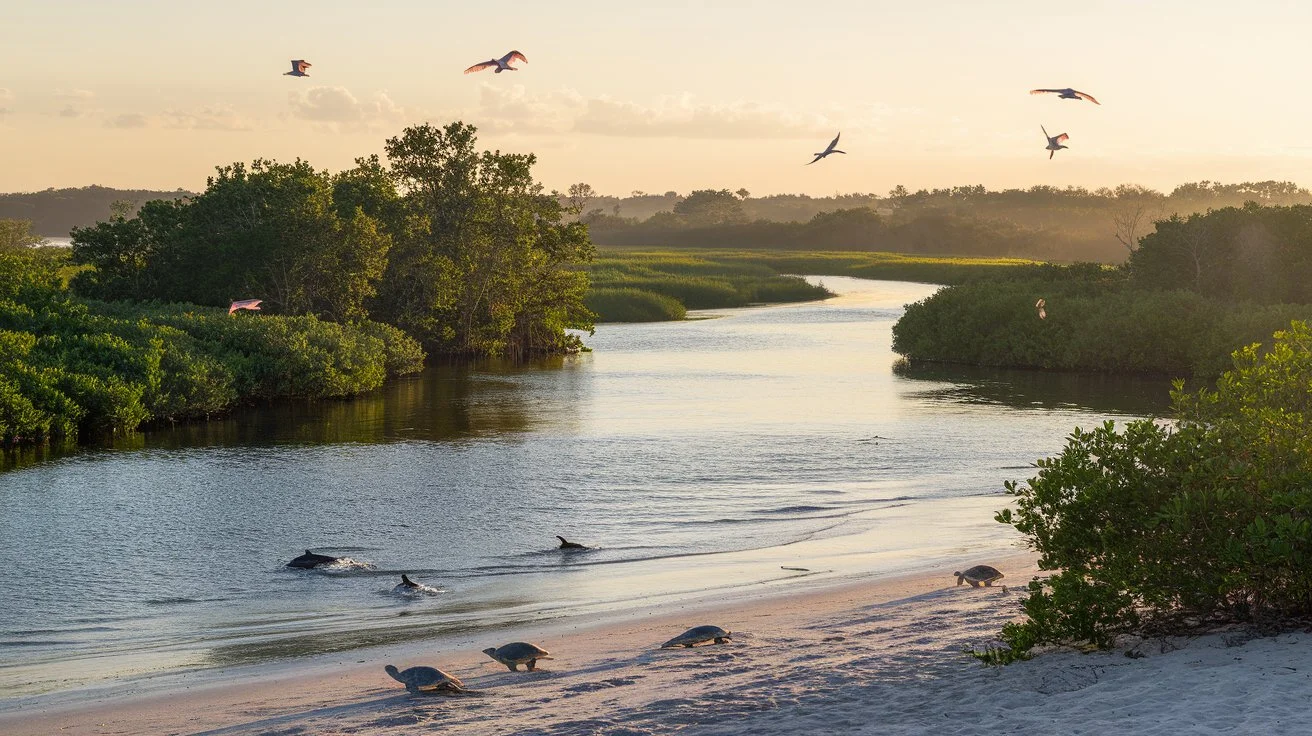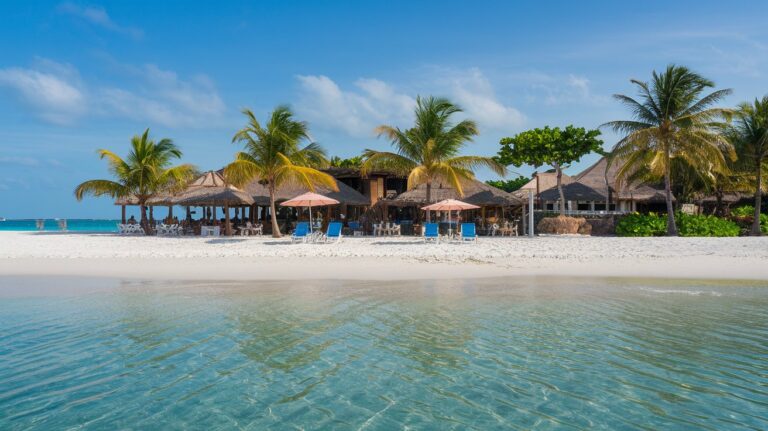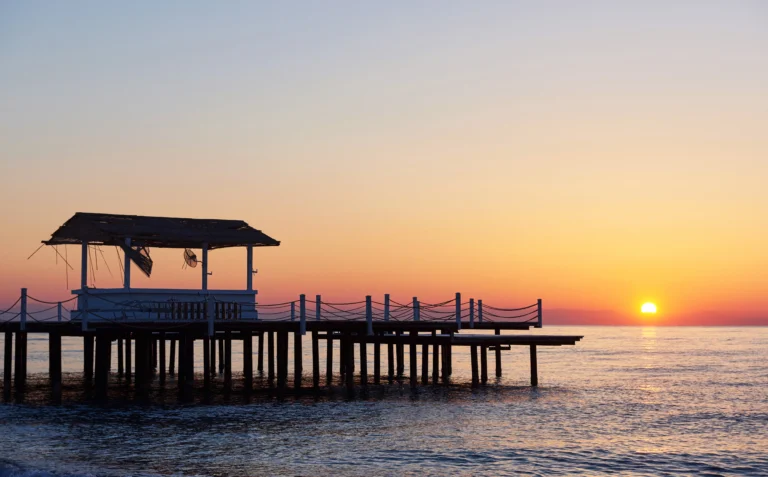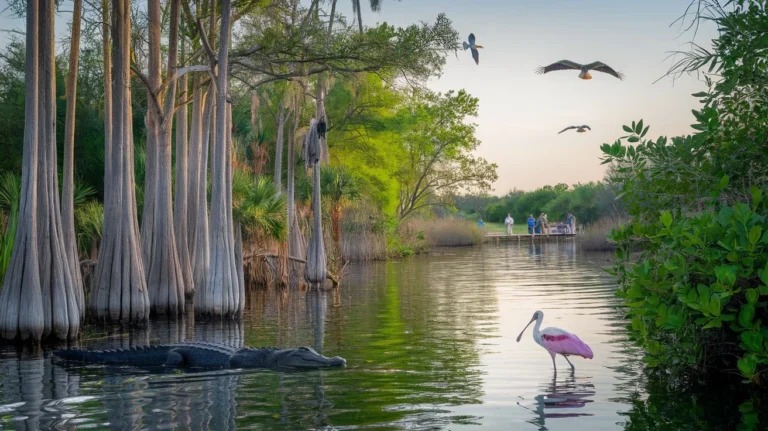Wildlife watching in Fort Myers offers a remarkable opportunity to explore the beauty of nature. With its abundance of diverse ecosystems, from mangroves to wetlands and beaches, Fort Myers is a dream destination for nature lovers and wildlife enthusiasts alike. Whether you’re a seasoned birder or simply someone looking for an adventure, these tips will ensure you get the most out of your wildlife watching experience in this stunning corner of Florida.
Why Fort Myers is a Top Destination for Wildlife Enthusiasts
Fort Myers boasts a rich variety of ecosystems, making it a hotspot for wildlife viewing. From its coastal mangroves to its freshwater wetlands and sprawling beaches, the region supports numerous species of animals. Some of these are rare and unique to the area, like the roseate spoonbill or the endangered West Indian manatee. Its subtropical climate ensures that there’s always something fascinating to see, no matter when you visit.
Best Times to Go Wildlife Watching in Fort Myers
Timing can make or break your wildlife watching trip. The best time to visit Fort Myers for wildlife sightings is typically in the winter months (November to March), when migratory birds flock to the area, and manatees come seeking warmer waters. Early mornings and late afternoons are generally the best times to see animals, as they’re more active during these cooler parts of the day. Avoid midday heat, as animals tend to be less visible.
Top Wildlife Species to Look For
Fort Myers is home to an impressive array of wildlife, and knowing what to look for can make your experience even more rewarding.
Bird Watching in Fort Myers
Bird enthusiasts will be thrilled by the variety of species here. Keep your eyes peeled for roseate spoonbills, ospreys, and brown pelicans. During winter, migratory birds like herons and egrets also make their temporary home in the region.
Marine Wildlife
Marine life is abundant around Fort Myers. Dolphins often frolic in the waves near the coast, while manatees can be spotted in the rivers and warm estuaries. If you’re lucky, you might also see sea turtles during the nesting season (May to October).
Land Animals
Fort Myers’ wildlife watching extends beyond birds and marine life. Alligators are a common sight, particularly in freshwater marshes. Otters, raccoons, and even bobcats may also make an appearance if you’re exploring inland areas.
Best Wildlife Watching Spots in Fort Myers
There are several prime locations in Fort Myers to catch a glimpse of its wildlife. Each site offers a unique habitat and different species to observe.
J.N. “Ding” Darling National Wildlife Refuge
This is perhaps the best-known wildlife refuge in the area. Spread over 6,400 acres, it’s a sanctuary for numerous bird species, alligators, and even the elusive bobcat. The refuge’s driving trails and walking paths make it easy to observe wildlife without disturbing them.
Location On Google Maps
Six Mile Cypress Slough Preserve
This wetland is another fantastic spot for wildlife watching. It’s home to a variety of species, including otters, herons, and alligators. The preserve has raised boardwalks that allow you to walk through the wetlands without getting wet or harming the environment.
Location On Google Maps
Lovers Key State Park
This coastal park is a great spot for those interested in marine wildlife. Manatees, dolphins, and a variety of shorebirds call this area home. It’s also a great spot for beachcombing and picnicking while keeping an eye out for wildlife.
Location On Google Maps
Caloosahatchee River
The Caloosahatchee River is a known hotspot for manatee watching, especially during the colder months. Dolphins can also be seen in the river, often chasing schools of fish near the surface.
Guided Tours and Wildlife Safaris
If you’re new to wildlife watching or want to maximize your chances of spotting certain animals, consider booking a guided tour. Knowledgeable guides can help point out wildlife you may otherwise miss. They also often have access to private areas, increasing the likelihood of sightings. Eco-friendly tour operators also ensure that your wildlife experience has minimal impact on the environment.
Wildlife Photography Tips
Capturing the perfect shot of Fort Myers’ wildlife can be challenging but rewarding. Bring a camera with a good zoom lens, as many animals will be far away or shy. For those keen on bird photography, a telephoto lens can help capture fine details. Most importantly, remember to stay a safe distance from the animals and never disturb their natural behavior for the sake of a picture.
Kayaking and Boating for Marine Wildlife
Fort Myers’ network of waterways is ideal for kayaking and boating. Paddling through mangroves and shallow estuaries often provides an up-close view of manatees, dolphins, and shorebirds. Kayaking is a quiet and low-impact way to explore, ensuring that you don’t scare away the wildlife.
Hiking Trails for Wildlife Viewing
If you’re more of a land-based explorer, Fort Myers has numerous hiking trails where you can see a variety of animals. Popular trails include those in Lovers Key State Park and the Six Mile Cypress Slough Preserve. Bring binoculars and a camera, but also be aware of your surroundings, as wildlife can often be closer than expected!
What to Bring on Your Wildlife Watching Trip
Preparation is key. Bring comfortable, weather-appropriate clothing, sunscreen, insect repellent, and plenty of water. Binoculars and a camera are essential for getting a good look at the wildlife. A hat and sunglasses are also recommended, as well as sturdy shoes for walking on uneven terrain.
Safety Tips While Observing Wildlife
It’s important to prioritize safety, both yours and the animals’. Never approach or feed wildlife, as this can be harmful to both parties. If you encounter alligators, maintain a safe distance—generally, 15-20 feet is recommended. Snakes, too, should be avoided but are generally non-aggressive if left undisturbed.
How to Minimize Your Environmental Impact
When exploring Fort Myers, make sure you follow “Leave No Trace” principles. Always pack out any trash you bring with you, stay on designated trails to protect natural habitats, and never remove plants or disturb animals. Supporting local conservation efforts through donations or volunteering is a great way to give back to the area’s natural beauty.
The Role of Local Wildlife Organizations
Several organizations in Fort Myers are dedicated to protecting the region’s wildlife. Groups like the Florida Wildlife Federation and the Sanibel-Captiva Conservation Foundation work tirelessly to preserve habitats and educate the public on conservation. Many offer opportunities for volunteering or donating to help keep these initiatives going strong.
Responsible Feeding and Interaction with Wildlife
Feeding wildlife is not only illegal in many areas, but it can also harm the animals. They can become dependent on humans or lose their natural fear, which may endanger both them and the people around them. Instead, focus on observing from a distance and using binoculars to enhance your experience.
Conclusion
Fort Myers offers unparalleled opportunities for wildlife watching, whether you’re on the coast spotting dolphins or hiking through the wetlands searching for birds. With a little preparation, respect for nature, and patience, you’ll enjoy an unforgettable experience in this wildlife-rich paradise.
FAQs
What is the best time of year to see manatees in Fort Myers?
The best time to see manatees is during the winter months, from November to March, when they seek warmer waters near the shore and rivers.
Can I feed the dolphins or other marine animals?
No, feeding wildlife, including dolphins, is harmful and illegal. It’s important to observe animals from a distance without disturbing their natural behavior.
Are there dangerous animals in Fort Myers?
Yes, Fort Myers has alligators and snakes, but as long as you respect them and maintain a safe distance, they pose little threat.
How long should I plan for a wildlife watching trip?
A half-day to a full day is ideal for exploring key spots like J.N. “Ding” Darling or Lovers Key, but multi-day trips offer the best variety of wildlife experiences.
What should I do if I see an injured animal?
Contact a local wildlife rescue organization, such as the Clinic for the Rehabilitation of Wildlife (CROW), to report injured animals.




